
What once seemed like wild science fiction is now sitting in your pocket, worn on your wrist, or orbiting Earth. Science fiction has a habit of inspiring reality, and “Star Trek” leads the way. Scientists and engineers often look to fiction as a blueprint for possibility, and few franchises have influenced real-world advancements as profoundly. Prepare to explore the predictions from the franchise that turned into today’s reality—no transporter required!
Communicators Became Mobile Phones
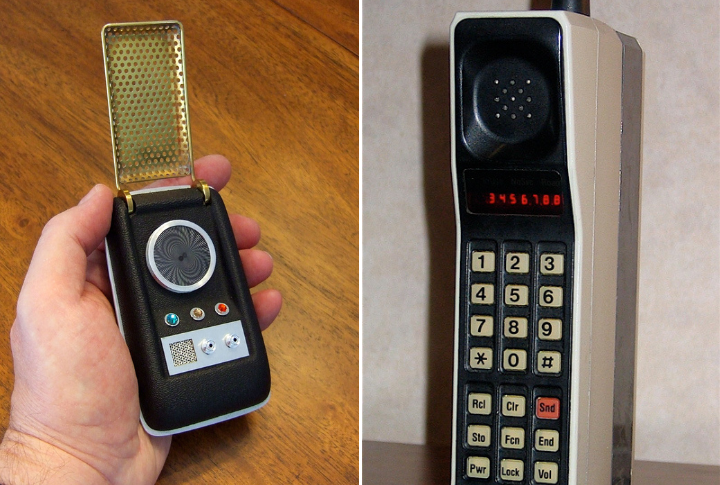
Before the first mobile phone was invented, wireless communication felt like fiction. “Star Trek” introduced handheld communicators, flipping open to connect across vast distances. Martin Cooper, a Motorola engineer, credited the show as inspiration for the first mobile phone in 1973.
PADDs Turned Into Tablets
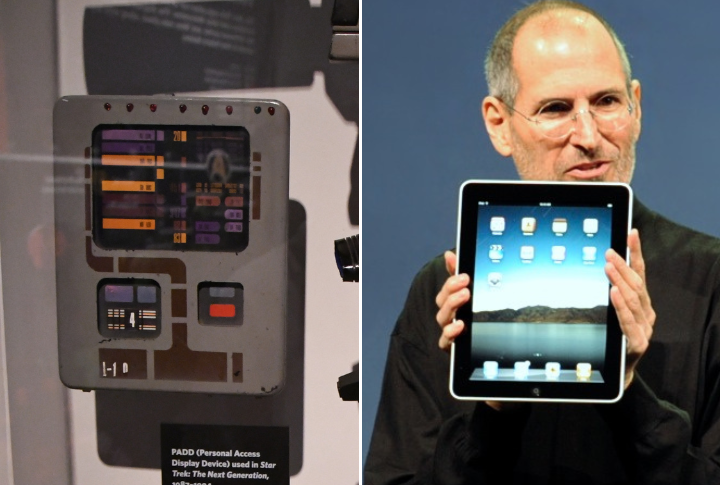
Tap, swipe, and scroll—PADDs from “Star Trek” anticipated today’s tablets long before Apple introduced the iPad. The Personal Access Display Devices (PADDs) resemble today’s tablets, with the iPad launching in 2010. Even astronauts use ruggedized versions aboard the International Space Station.
Talking Computers Became Virtual Assistants
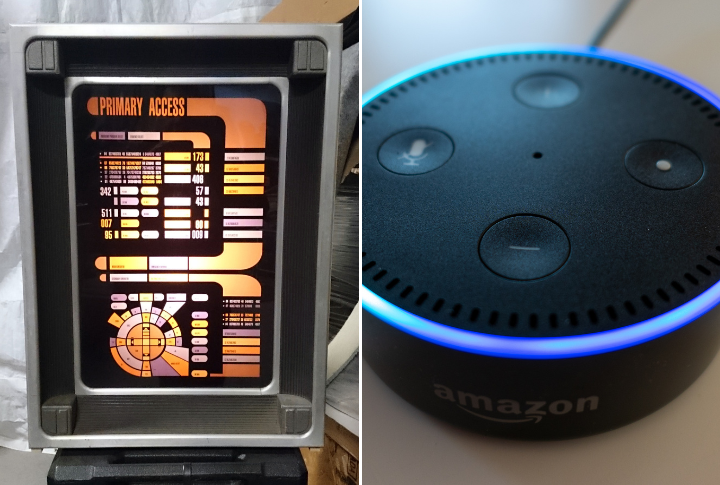
AI voice assistants now feel like a standard part of daily life, but their origins trace back to voice-activated AI in “Star Trek.” They paved the way for today’s smart assistants, responding to speech without a physical interface. Starfleet may not have had Wi-Fi, but their computer systems were eerily predictive.
Tricorders Led to Medical Scanners
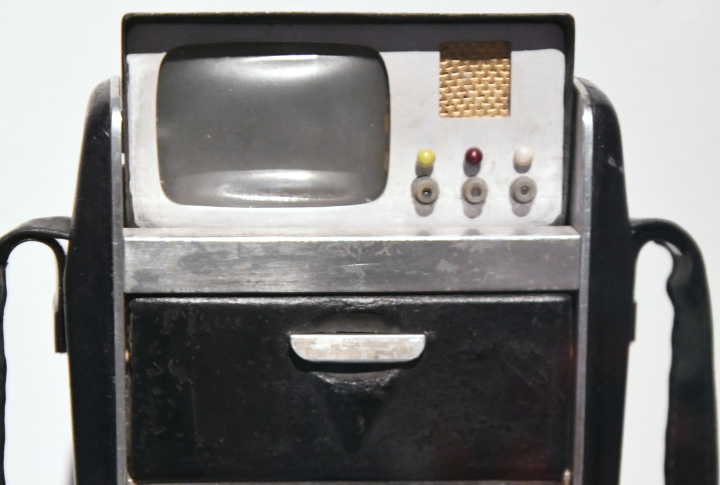
Dr. McCoy’s tricorder was an efficient machine that scanned for ailments. Now, handheld biosensors and diagnostic wearables are revolutionizing real-time healthcare monitoring. The BioIntelliSense BioSticker, for example, monitors vitals. Real-world versions of the tricorder now assist in remote and space-based healthcare.
Universal Translators Became Real-Time AI Translation

Real-time translation once seemed impossible, but today’s AI-powered devices are breaking down language barriers faster than ever. Devices like the Google Pixel with its interpreter mode and Waverly Labs’ Ambassador earbuds offer real-time translation. There is no Klingon yet, but Earth’s languages are more accessible than ever.
Replicator Inspired 3D Printing
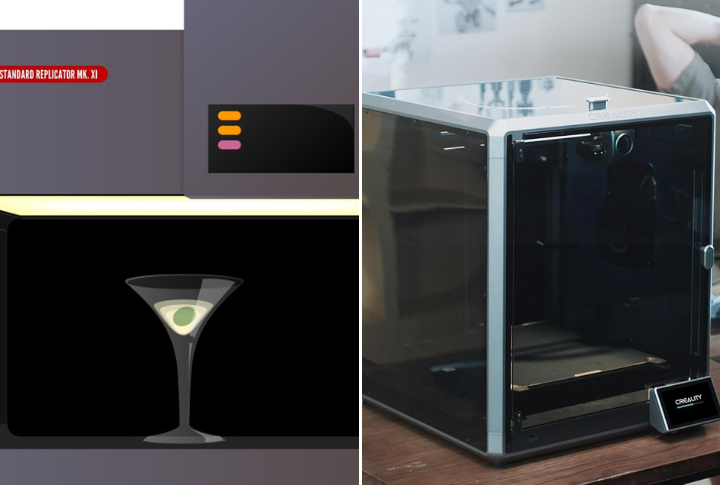
NASA’s 3D printers manufacture spacecraft parts and medical tools, and they are actively researching 3D-printed food for long-duration space missions. While the technology isn’t yet producing full meals, early tests have demonstrated the ability to print basic food components, mirroring the vision of food replicators creating meals on demand.
Holodeck Inspired Virtual Reality
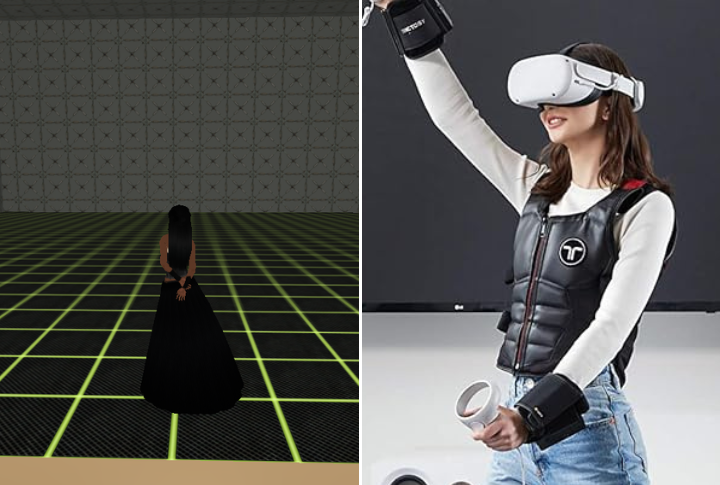
VR technology is now integral to industries like education and psychological therapy, expanding beyond entertainment. Advancements in haptics and spatial computing are rapidly evolving virtual experiences. Full-body haptic suits, like those from Teslasuit, and AI-driven simulations are pushing VR closer to actual holodeck experiences.
Phasers Inspired Laser Weapons
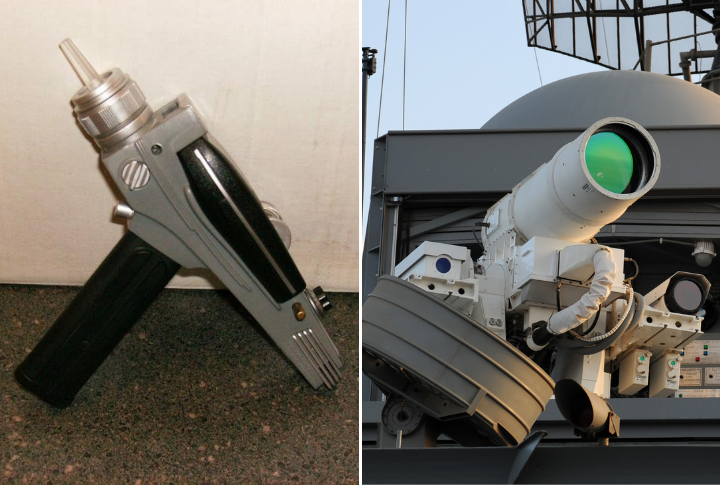
The U.S. military now uses high-energy laser weapons reminiscent of Starfleet’s phasers. The U.S. Navy’s Laser Weapon System (LaWS) can disable drones and ships with pinpoint accuracy. Although stun settings remain fictional, directed-energy weapons are actively used for drone defense and to turn off hostile vehicles.
Video Calls Became Standard Communication

“Star Trek” predicted video calls as the norm long before Zoom meetings ruled the workday. Decades before video conferencing became essential, the show imagined a world where face-to-face conversations happened across distances. Today, virtual meetings connect businesses and astronauts aboard the ISS.
Wireless Earpieces Became Bluetooth Devices
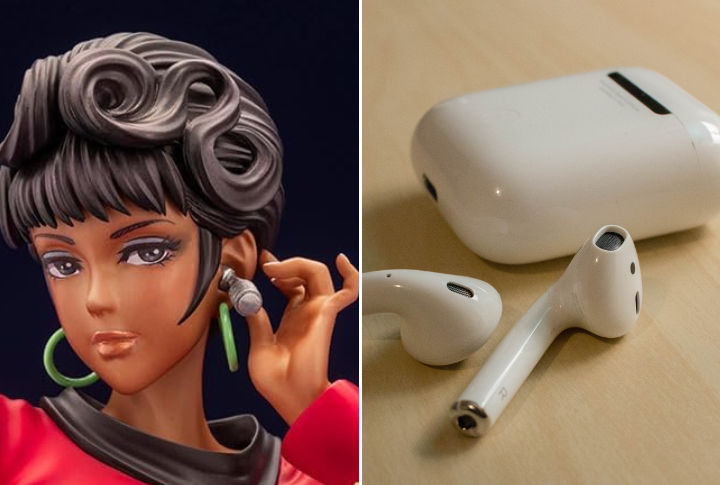
Lieutenant Uhura’s sleek earpiece wasn’t just for show—it looked like modern Bluetooth headsets. Wireless audio tech is now a daily convenience, from AirPods to AI-powered earbuds. With smart assistants embedded, “Star Trek’s” always-on communication is now a reality, minus the Starfleet uniform.
